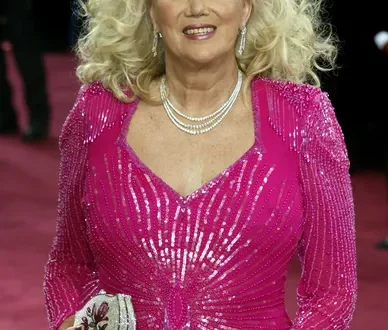It was a marquee pairing and one of the most anticipated matches in the round of 16. What was expected to be a competitive battle between two Grand Slam champions instead turned lopsided. Coco Gauff’s U.S. Open ended with a sputter of mistakes, her exit hastened by double faults and unforced errors at the worst possible moments. The number three seed, hailed as one of the tournament favorites, looked uncharacteristically tentative on a bright afternoon in New York. Across the net, Naomi Osaka—swinging freely after her time away—punished every lapse, sending Gauff out of the tournament far earlier than expected.
From the opening games, Osaka set the tone with her serve, striking with pace and precision. Gauff tried to hang in the rallies, but Osaka kept ripping the ball flat into the corners, rushing her younger opponent and forcing the kind of errors that piled up quickly. Gauff, who had looked steady through the early rounds, suddenly couldn’t buy a first serve when she needed it most, and the scoreboard reflected the unraveling.
The crowd, pulling hard for both players, tried to rally Gauff as the first set slipped away. But Osaka was locked in, her groundstrokes clean and her returns laser-sharp. Where Gauff was struggling to hold serve, Osaka was dictating with ease, stepping in and punishing second serves that floated too softly into her strike zone.
The second set brought no reprieve. Gauff attempted to change gears, slicing more and venturing to net, but Osaka had an answer for everything. For every glimmer of momentum Gauff managed to spark, Osaka extinguished it with a winner down the line or a thumping serve. The double faults piled up again in the closing games, a bitter reminder that the match was slipping away on her own racket as much as from Osaka’s brilliance.
When the final point landed, sealing Gauff’s defeat, Arthur Ashe Stadium rose in applause—recognizing Osaka’s resurgence as much as Gauff’s disappointment. It was only a year ago that Gauff stood on this court as a U.S. Open champion. To bow out in the fourth round this time will sting all the more, a sharp reminder of how heavy the weight of expectation can be.
For Osaka, the victory carried extra resonance. After a long absence, she has been open about the personal and professional struggles that kept her away from the tour. Against Gauff, she looked like the Osaka who once ruled hard courts with authority, her serve biting again, her forehand finding its mark, her calm restored.
For fans, the clash was both unexpected and exhilarating. Losing Gauff removes one of the tournament’s brightest young stars, but Osaka’s resurgence stirs new intrigue. Her presence in the second week rekindles the electricity that once made her the face of the women’s game, and raises the tantalizing possibility of another title run in New York.
Gauff, still just 21 years old, walked off with frustration written across her face but with plenty of time on her side. She will face questions about her serve, her errors, and her ability to shoulder the pressure of being a perennial favorite. Yet she has already shown resilience before, and her talent is unquestioned.
Osaka, meanwhile, has reasserted herself. This wasn’t just a win—it was a reminder of what she brings when her game and spirit align. For her, the U.S. Open is once again a proving ground. For Gauff, it is a bitter lesson that even champions can falter.
Double faults and unforced errors may have doomed Coco Gauff this time, but they also set the stage for Naomi Osaka’s return to the spotlight.




